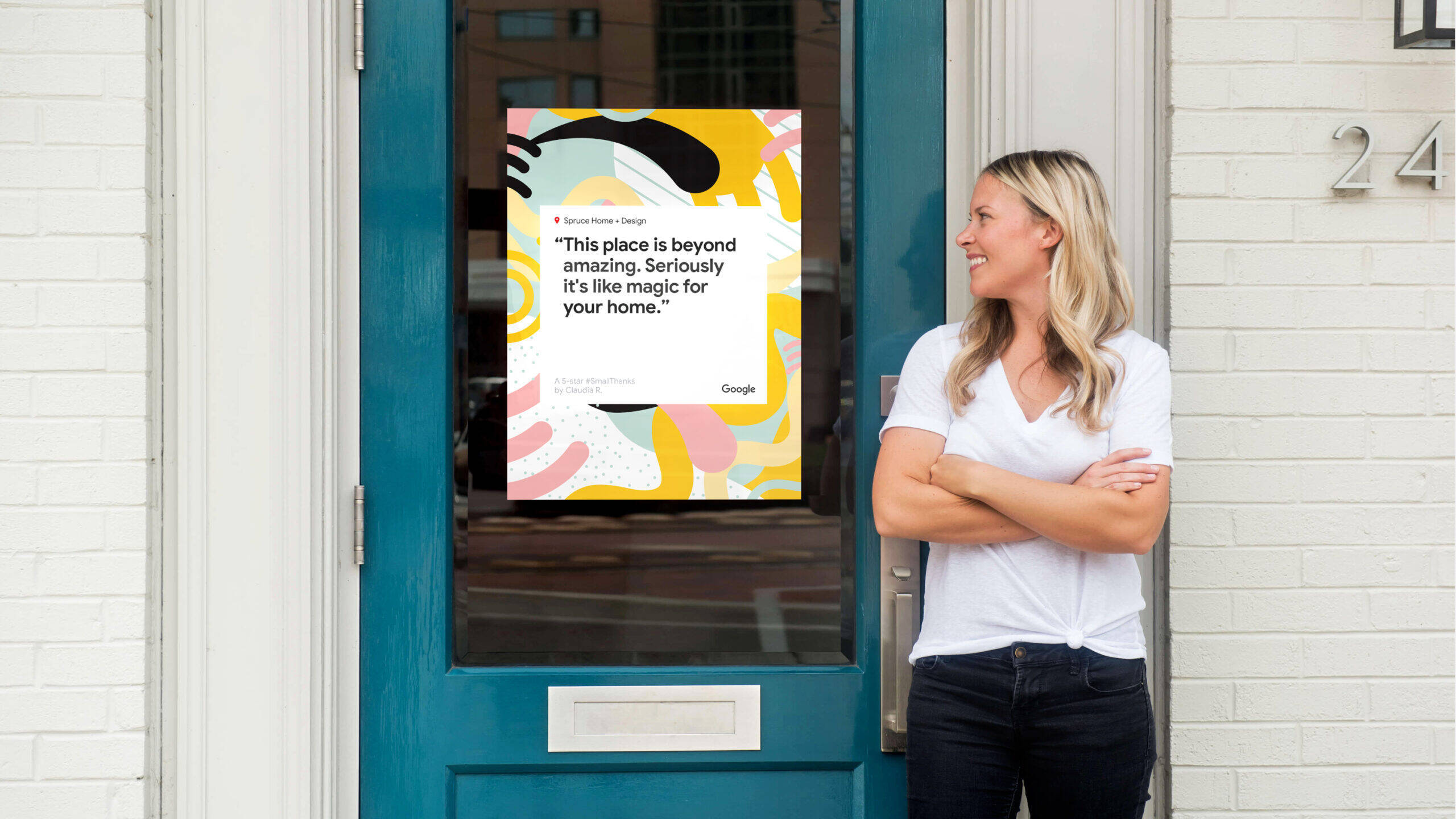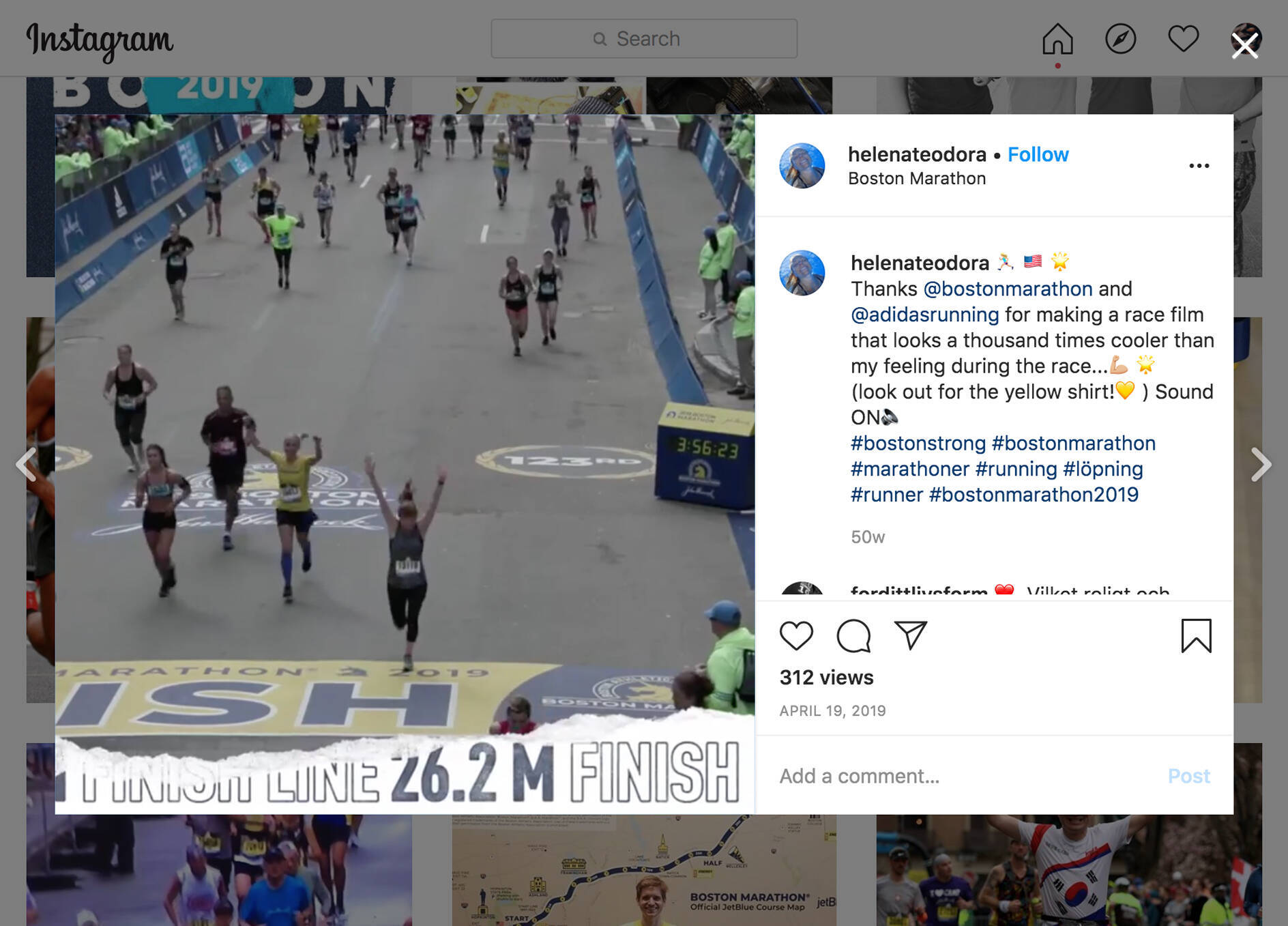
In the traditionally triangle-shaped funnel, the top remains dominated by high-dollar, logo-driven brand awareness tactics. At the bottom, click-obsessed advertisers still angle for user response using any means necessary.
But in the quieter middle space, brands are finding opportunities to respond to a public more inundated than ever by noise, clutter, and conflicting messages with truly valuable engagement.
In this new era, it’s all about giving—sharing everything from personalized content to insider knowledge—while expecting nothing in return.
Creating brand value in the feel-good part of the funnel
In this untapped middle ground, brands can connect with consumers in an altogether new way that doesn’t feel empty or one-sided. The “click pro quo” is no longer necessary. Because by giving consumers something of value with no strings attached, top brands are forging reliable, trustworthy, and unforgettable relationships that make people feel good about embracing brands in their daily lives.
But, convincing consumers to interact with your brand can be a tricky ask. Users in the digital space have grown weary of the constant onslaught from brands. What we’ve seen is that consumers aren’t shying away from branded online content altogether. Rather, they are changing their standards. They’re more than happy to interact with digital content, as long as it makes them feel seen and empowered.
So, how will brands stay competitive in this space?
What makes for good brand value
The real value of engagement marketing comes from the time, attention and interaction that can only be earned—not bought.
We see this in digital content that’s so surprisingly and meaningfully personalized that you can’t help but interact, like Spotify’s Wrapped year-in-review emails, or Strava’s Your Year in Sport videos.
Or tools that are imminently useful, becoming a go-to for returning again and again and again, like Zillow’s Zestimate of a home’s value, or Vivino, a platform that learns your tastes in wine and makes recommendations.
And experiences whose novelty create a shareworthiness that drives massive reach at a fraction of what media would have cost to achieve similar results, like Google’s Art Selfies, the AI viral sensation, or Fortnight’s in-game, live concert with Marshmello.
People don’t just engage with this type of marketing. They seek it out. And beyond the time spent with your brand, the most valuable digital experiences enable your audiences to become ambassadors of your brand.
When global brands do it right
Some of our most successful projects have embraced this engagement strategy with incredible results.
Like the work we did for Google with the “Small Thanks” campaign. Small business owners know the importance of marketing, but many of them don’t have the time and tools to do it well. We created a machine learning-powered platform that turns Google data, like customer reviews, into powerful, instant marketing materials for every small business in America – all 28 million of them.
The gesture imbued each hardworking recipient not only with a sense of ownership, but with a tangible, useful asset for their business. And the resulting buzz brought even more small business owners to the platform, giving them a new and exciting way to look at their marketing efforts. Needless to say, the campaign also created a lasting, favorable impression of Google for small businesses as a platform to empower business growth.
We achieved similarly successful results for adidas at the Boston Marathon. Relying on information provided beforehand, as well as video captured during the race, we created a personal highlight reel for each of its more than 30,000 runners. We then surprised the runners with their personalized video just hours after the race was finished.
The response was enormous, with participants replaying and sharing the content long after the event was over. It was a small gesture, but one that carried a huge individual sense of belonging. And while that was an incredible achievement in itself, the biggest win of the campaign was that it put adidas at the center of the conversation as a brand that cares about its consumers, whether or not they ultimately purchase adidas products.
So… how do you measure it?
Understandably, some brands will feel apprehensive about putting dollars toward engagement efforts that, at least on the surface, seem difficult to measure. Since engagement marketing isn’t about impressions, response forms, or purchases (in the immediate sense), it can feel a bit counterintuitive to experienced marketers.
But quantifying authentic, meaningful engagement can certainly be done. Building relationships and trust translate to earning an audience’s time, attention, and interaction. Look for metrics that speak to this—like repeat site visits, session times, completion rates, and shares, to name a few. And done right, valuable engagement can register numbers that are off the charts.
For example, video completion is typically a tough KPI to hit. But looking at our campaign for adidas at the Boston Marathon, the personalized videos we sent had a view completion rate of 97 percent. And so many of those who watched their video went on to share it, bringing the adidas brand to exponentially more eyes than the initial investment would suggest.
Moreover, as dynamic digital engagement continues to grow and diversify, successful brands are seeing results that go far beyond simple metrics. Unlike awareness or conversion marketing, which see short bursts in numbers typically matched by level of spend, we’re seeing longer tail engagement from this type of marketing. And often, it’s the anecdotal measures that speak volumes about the real impact—like when a brand has earned its way into a conversation with its audiences or landed credibility with trusted influencers and niche PR outlets.

This engagement marketing landscape has already begun to shift and evolve, and it will continue changing in lockstep with the digital world. But even as the middle ground grows more populated, the opportunity to create special, personal connections remains practically limitless.
And there’s one thing that won’t change: Now that consumers have had a taste of this personalized engagement, there’s no going back. Their standards will continue to rise and they will demand increasing value from branded interactions. The trade-off, of course, is a deep, trusting, and loyal relationship to your brand that will pay dividends for years to come.
